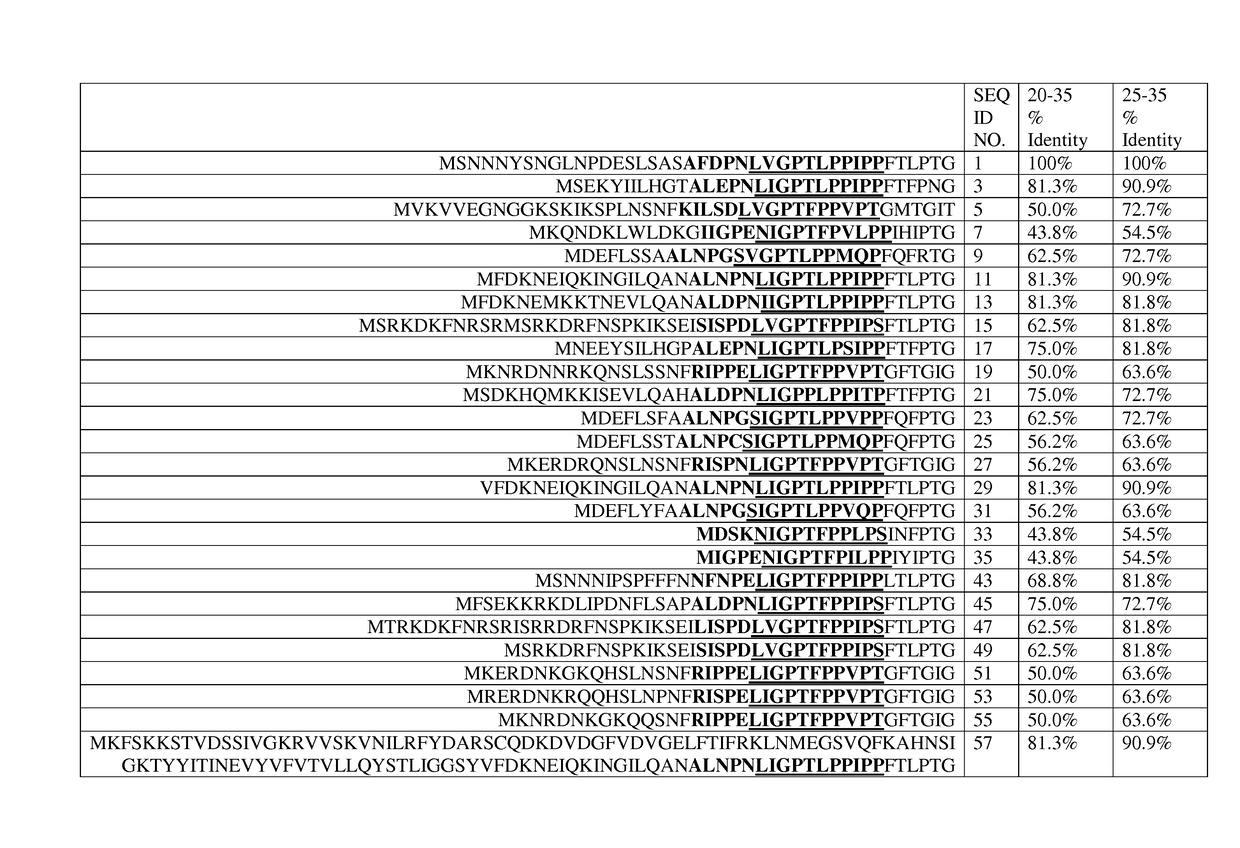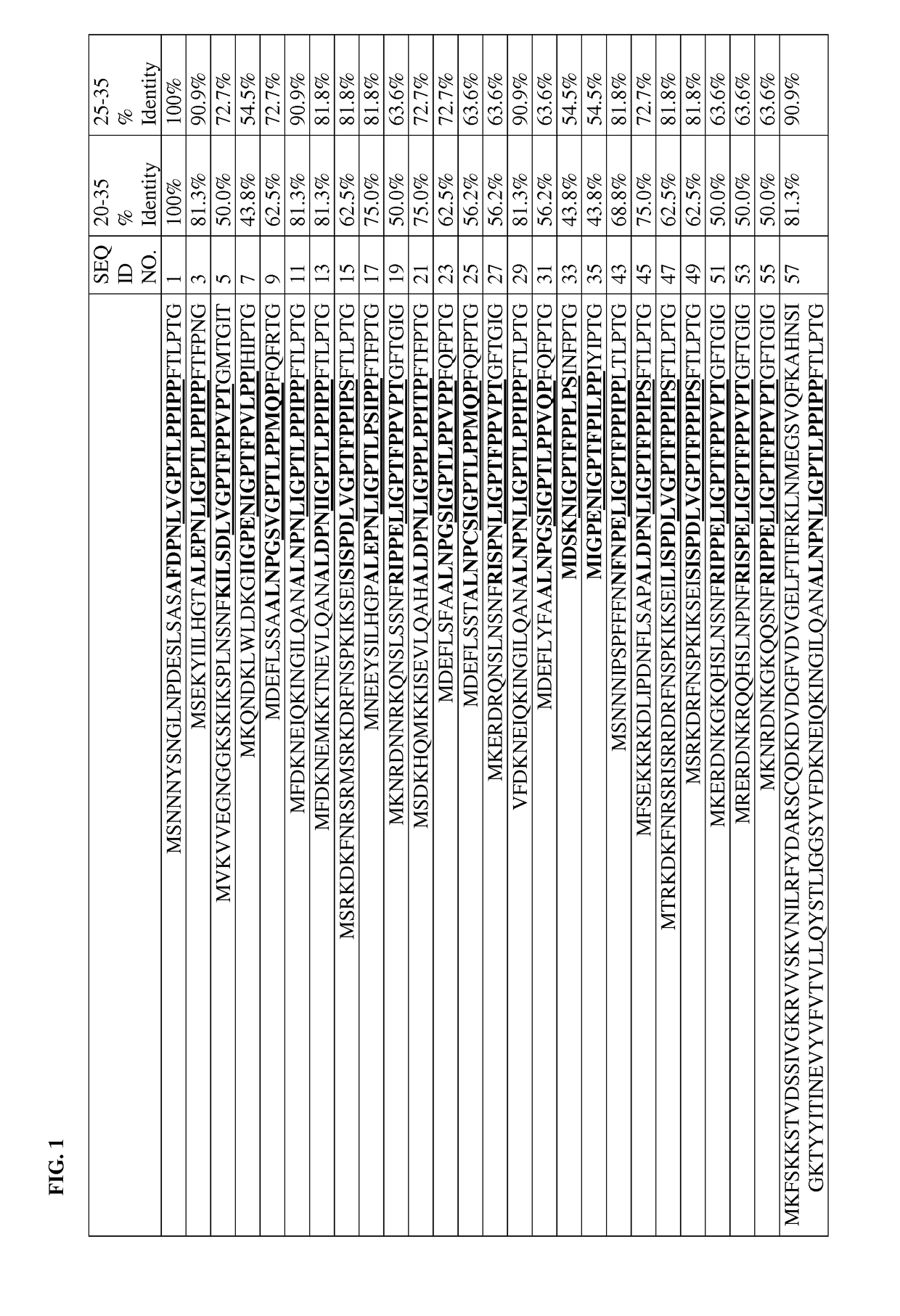Compositions comprising recombinant bacillus cells and an insecticide
a technology of which is applied in the field of compositions comprising recombinant bacillus cells and insecticides, can solve the problems of soil fauna alteration, soil acidification, and soil acidification, and achieve enhanced plant health, enhanced activity, and enhanced ability to improve plant growth
- Summary
- Abstract
- Description
- Claims
- Application Information
AI Technical Summary
Benefits of technology
Problems solved by technology
Method used
Image
Examples
example 1
Formula for the Efficacy of the Combination of Multiple Active Ingredients
[0322]A synergistic effect of active ingredients is present when the activity of the active ingredient combinations exceeds the total of the activities of the active ingredients when applied individually. The expected activity for a given combination of two active ingredients can be calculated as follows (cf. Colby, S. R., “Calculating Synergistic and Antagonistic Responses of Herbicide Combinations,” Weeds, 1967, 15, 20-22):
[0323]If[0324]X is the efficacy when active ingredient A is applied at an application rate of m ppm (or g / ha),[0325]Y is the efficacy when active ingredient B is applied at an application rate of n ppm (or g / ha),[0326]E is the efficacy when the active ingredients A and B are applied at application rates of m and n ppm (or g / ha), respectively, and[0327]then
E=X+Y-X·Y100
[0328]If the actual activity exceeds the calculated value, then the activity of the combination is superadditive, i.e., a sy...
example 2
Plant Growth Promotion with Flupyradifurone and Recombinant Bacillus thuringiensis Cells
[0333]Experiments were conducted to analyze efficacy of a combination of flupyradifurone and a fermentation product of recombinant Bacillus thuringiensis cells expressing phospholipase C (“BEPC”). Maize seeds were grown in sterile mixture of synthetic media and sand in small three-inch square pots on light racks in a plant growth room at 25-28° C. and 50% humidity for about 14 days. Two seeds were planted in each pot. At planting, the growing media in each pot was drenched with the treatments described below. After 14 days, plants were measured for whole plant biomass. In the tables below, UTC refers to untreated control. “Calculated” refers to the expected effect calculated using the above-described Colby equation and “Efficacy” refers to the actual effect observed.
[0334]The SIVANTO® product, which contains flupyradifurone as its active ingredient (17.09% flupyradifurone), was diluted in 50 mL w...
example 3
Plant Growth Promotion with Clothianidin and Recombinant Bacillus thuringiensis Cells
[0338]Maize seeds will be grown in loamy sand in the greenhouse at 20° C. and 70% humidity for about 11 days. After about 11 days from the time of treatment the seedlings will be cut off above the soil and the fresh weight will be determined.
[0339]Recombinant Bacillus thuringiensis cells expressing an endoglucanase encoded by SEQ ID NO: 107 or a phospholipase C encoded by SEQ ID NO: 108 and prepared as described above will be applied at about 50 μg / kernel. Clothianidin will also be applied at about 250 μg / kernel.
[0340]It is expected that the maize plants treated with the recombinant Bacillus thuringiensis in combination with the clothianidin will have % shoot weights that exceed the calculated value based on the % shoot weights from the maize plants treated with the two active ingredients alone, i.e., a synergistic effect will be observed.
PUM
 Login to View More
Login to View More Abstract
Description
Claims
Application Information
 Login to View More
Login to View More - R&D
- Intellectual Property
- Life Sciences
- Materials
- Tech Scout
- Unparalleled Data Quality
- Higher Quality Content
- 60% Fewer Hallucinations
Browse by: Latest US Patents, China's latest patents, Technical Efficacy Thesaurus, Application Domain, Technology Topic, Popular Technical Reports.
© 2025 PatSnap. All rights reserved.Legal|Privacy policy|Modern Slavery Act Transparency Statement|Sitemap|About US| Contact US: help@patsnap.com



